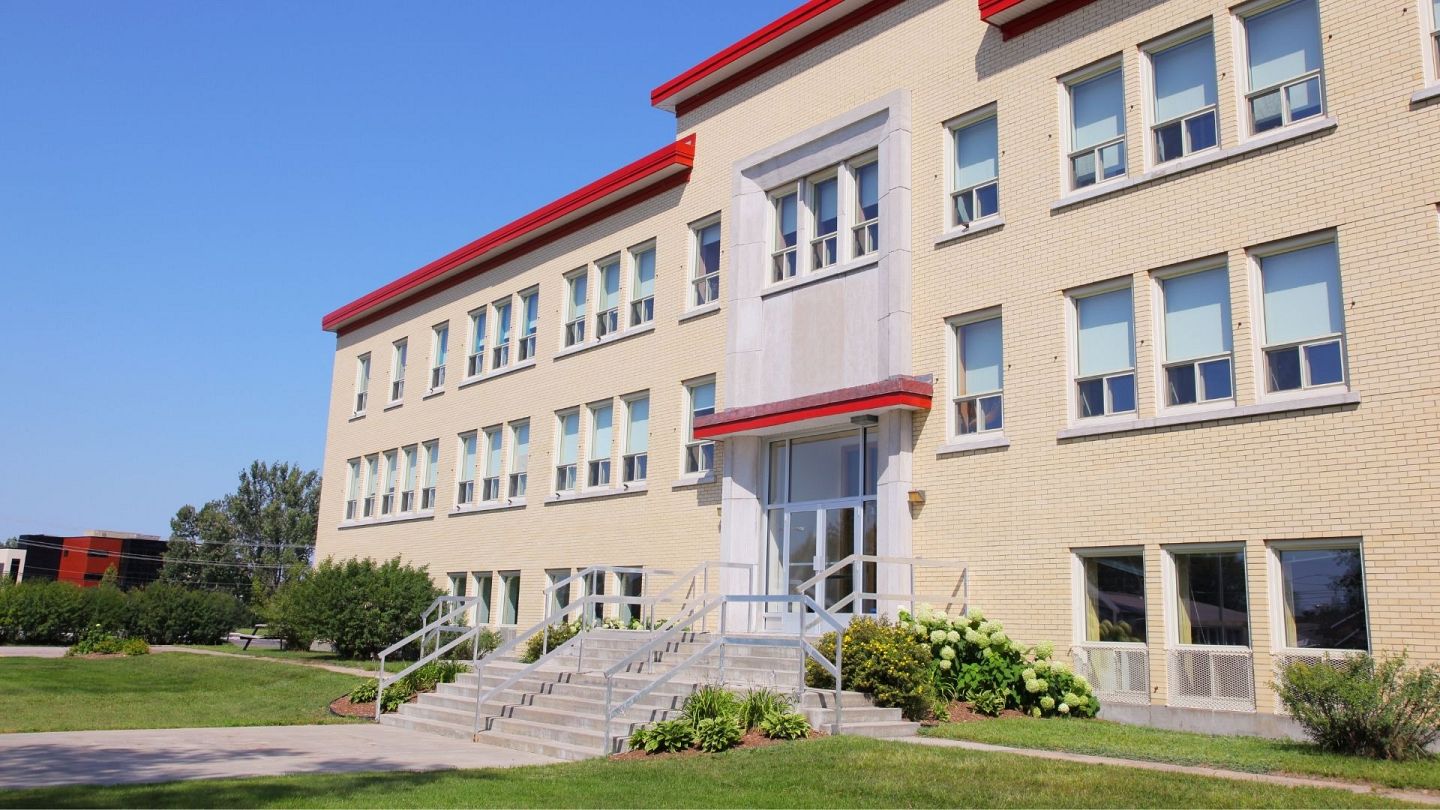Headscarf protests in the TRNC: How did the debates begin?
The new 'headscarf regulation' of the Ministry of Education of the Turkish Republic of Northern Cyprus (TRNC) has changed the dress code rules in secondary education institutions, allowing headscarves in high schools.
The decision to allow students to wear headscarves in high schools and middle schools in Northern Cyprus was protested on Tuesday in the capital, Nicosia. During the protests, which were attended by numerous unions, civil society organizations, and political parties, slogans such as 'No Passage' and 'Cyprus is secular, and will remain secular' were chanted. Mehmet Küçük and Serdar Denktaş, children of TRNC leaders Dr. Fazıl Küçük and Rauf Denktaş, also participated in the demonstrations to show support. The new regulation, dubbed the 'Headscarf Regulation,' modified the dress code governing appearance in high schools and middle schools. The amendment states that "Students are free to wear certain clothing required by their beliefs along with the school uniform determined by the school administration. However, this clothing cannot cover the school uniform." TRNC Prime Minister Ünal Üstel stated that the new regulation safeguards the principles of belief in accordance with universal human rights. Üstel argued that the new regulation, which allows students in high schools to dress in accordance with their beliefs, is based on individual rights and freedoms. In a circular sent by the TRNC Ministry of National Education to schools and unions, it was stated that the use of veils and burqas is prohibited. The circular included the statement, "The elements of clothing must be used in a plain manner that does not obstruct the student's face, identity, or communication ability. The use of clothing that completely covers the face (veil, burqa, niqab) is prohibited in the educational environment."
The deepening crisis began in March when a student at İrsen Küçük Middle School in Nicosia wanted to enter the class wearing a headscarf. Teachers protested, arguing that entering class with a headscarf was 'against the regulation.' The Council of Ministers changed the old discipline regulation that prohibited headscarves, deciding that middle and high school students could choose clothing according to their religious beliefs. However, in response to reactions from teacher unions and the opposition, the regulation was withdrawn, and shortly thereafter, a new regulation allowing headscarves based on belief was prepared, published in the Official Gazette, and came into effect. Those opposing the regulation argue that it is inappropriate for children under 18, whose identity development is not yet complete, to be labeled with religious symbols. In the TRNC, there is a theological school called Hala Sultan College.


